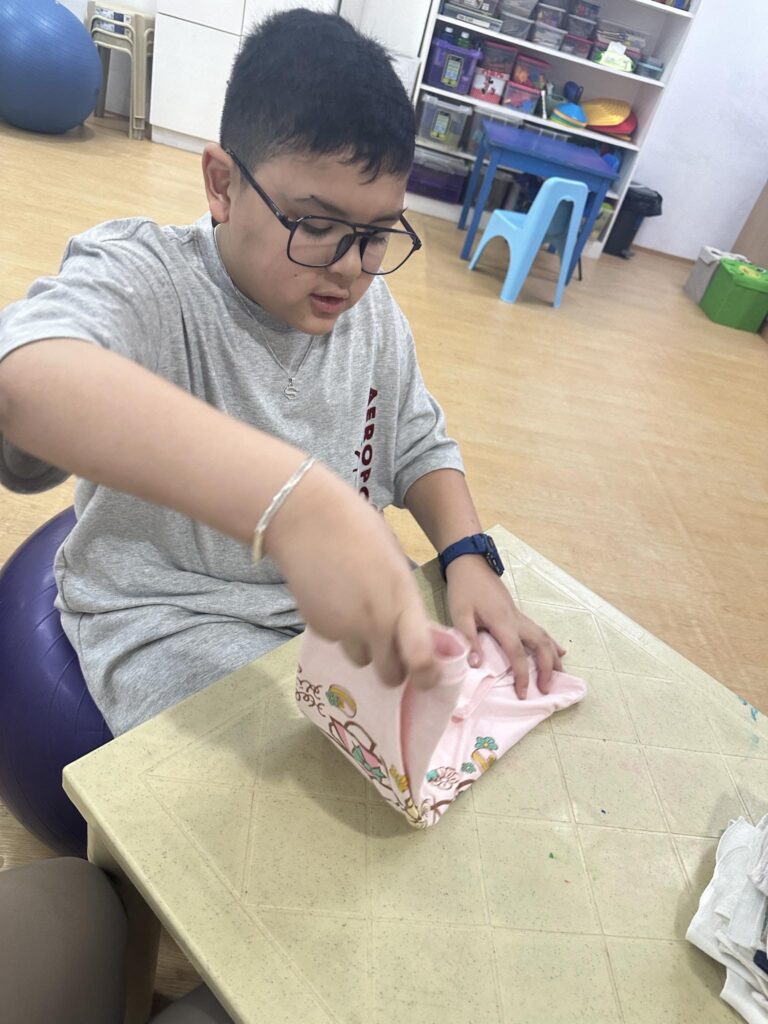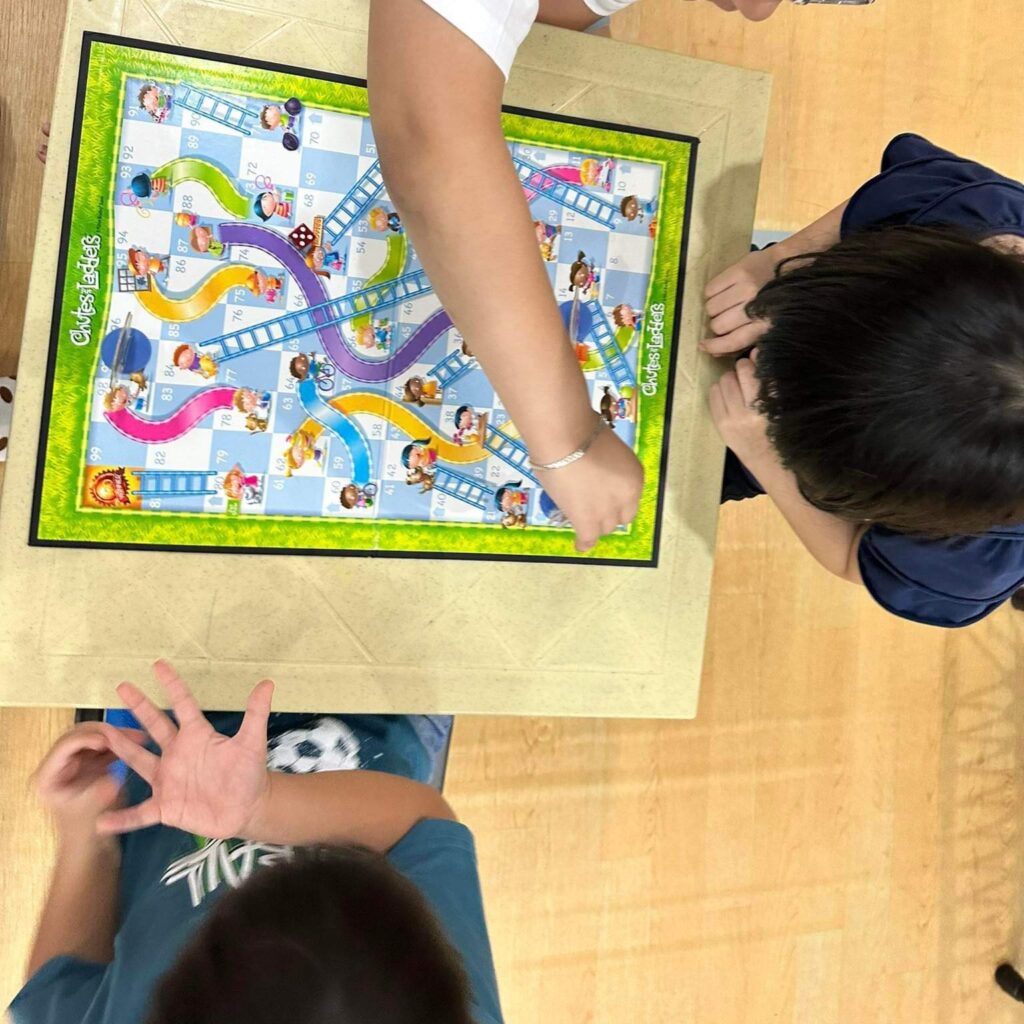Learning the Activities of Daily Living for Children: Building Independence and Essential Life Skills
Acquiring the abilities relating to ADLs is a developmental process that is considered to be an essential part of the childhood development process and encompasses basic activities that involve proper hygiene, feeding, dressing, washing, and other basic necessities of life. These include simple personal cares that require human attention, like dressing, and bathing, among others …






